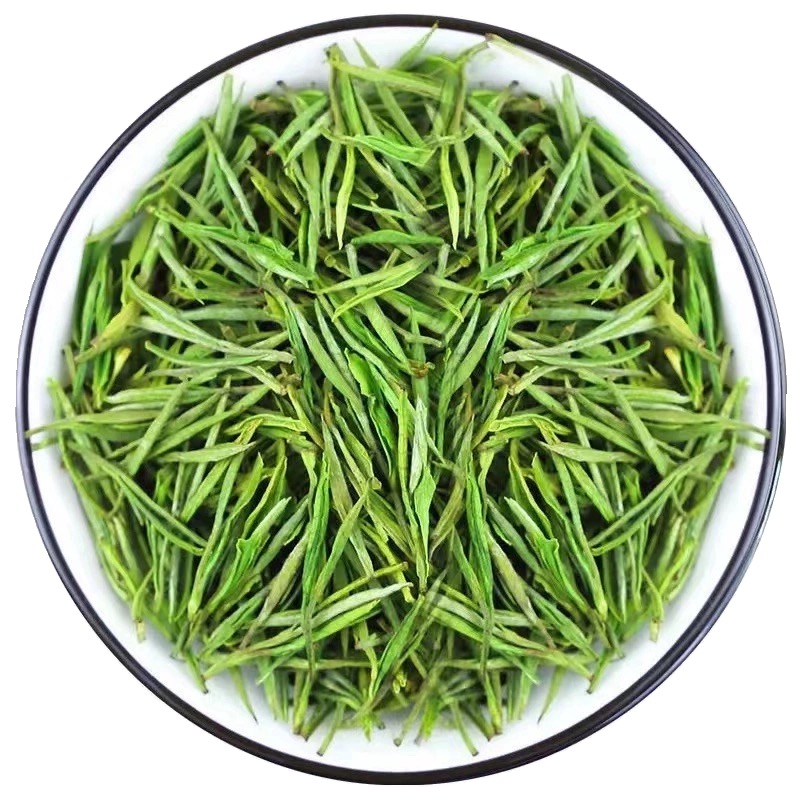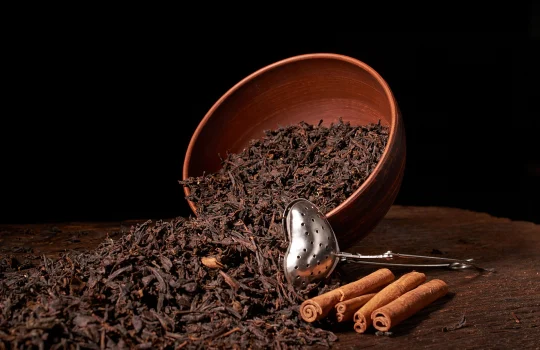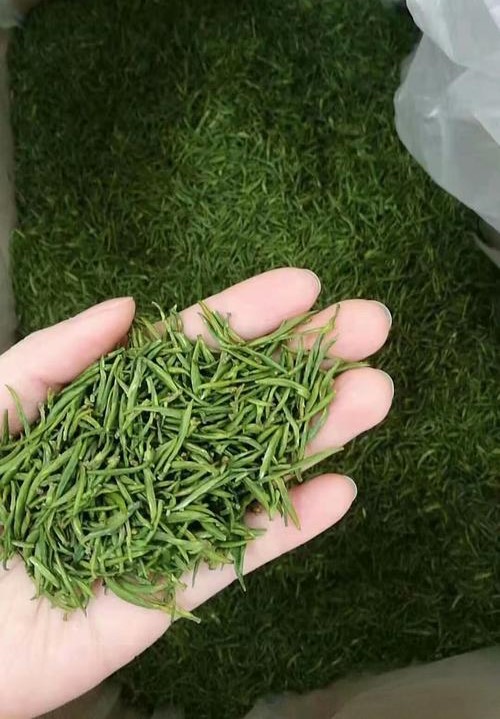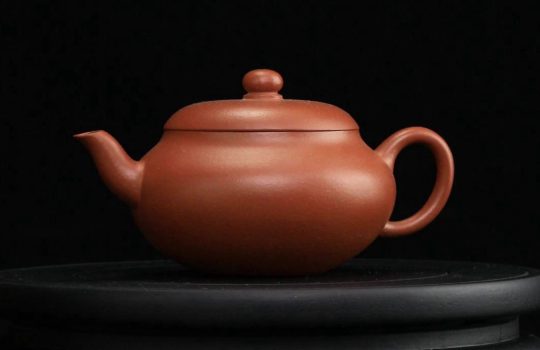Understanding Green Tea
Green tea refers to tea made from fresh tea leaves that have not undergone fermentation, but instead been processed through typical methods such as killing the green, shaping, and drying.
After brewing, the tea liquor retains the green hue of the fresh leaves.
Since green tea is an unfermented tea, it retains a significant amount of the natural substances found in fresh leaves, including over 85% of the polyphenols and caffeine, approximately 50% of the chlorophyll, and minimal loss of vitamins. Therefore, ‘green dry leaves, clear green tea liquor, and a subtle taste’ have become the distinctive characteristics of green tea.
Identification of Green Tea
The quality of green tea varies significantly and can be identified based on its appearance, tea liquor colour, aroma, taste, and leaf base.
1. Appearance
(1) Flat-shaped tea: flat, flat, and straight in shape, such as West Lake Longjing.
(2) Strip-shaped tea: Uniform in size and consistency, such as Xinyang Maojian. (3) Round-shaped tea: Round and compact in shape, such as Yongxi Huoqing.
(4) Needle-shaped tea: Fine, straight, and needle-like in shape, such as Nanjing Yuhua Tea. (5) Curled-shaped tea: Curled and slender in shape, such as Dongting Biluochun.
Deng Qixin
(6) Bud-shaped tea: such as Huangshan Maofeng.
(7) Leaf-shaped tea: flat and straight in shape, complete and uniform in appearance, such as Lu’an Guapian.
(8) Pointed-shaped tea: straight and firm in shape, with pointed tips, naturally spread out, such as Taiping Houkui.
2. Tea liquor colour
The ideal soup colour for green tea is light green or light yellow-green, clear and bright; if the soup colour is yellowish, too dark, too dull, or cloudy, it is considered inferior.
3. Aroma
Due to the variety of green tea types and varieties, the required aromas naturally vary, but overall, the aroma should be unique, natural, fragrant, delicate, and lingering, primarily falling into categories such as fresh-scented, tender-scented, and downy-scented.
4. Taste
The ideal taste of green tea is fresh, mellow, and sweet with a lingering aftertaste; bitter, light, and poor aftertaste are considered inferior. The best quality is when the aroma and taste complement each other, with an endless aftertaste; any off-flavours are considered inferior.
5. Leaf Base
The leaf base of green tea is best when it is fresh green, tender green, or light yellow-green, with a bright and even colour, and uniformly sized leaves; a yellow colour that is uneven and lacks brightness is considered inferior.
Green Tea Processing Techniques
1. Killing the Green
Fixing is the first step in green tea production and a critical process determining its shape and quality. The purpose of fixing is to use high temperatures to deactivate and inhibit the activity of oxidase enzymes in fresh leaves, evaporate part of the moisture, soften the leaves for rolling, and promote the formation of aroma.
2. Rolling
Rolling is a simple shaping process. For example, in the case of strip-shaped green tea, rolling causes the leaves to curl into strips. The rolling time and intensity vary depending on the shape and quality of the green tea.
3. Drying
Drying further evaporates moisture. The purpose of drying is to remove excess moisture from the tea leaves while preserving the activity of enzymes, thereby maintaining quality.
Storage of Green Tea
1. Refrigerator Storage
For home storage of green tea, a refrigerator can be used. The tea should be packaged in high-density, high-pressure, thick, durable, and odourless food-grade packaging bags, then stored in the freezer or refrigerator compartment. The temperature should be maintained between 3–6°C. This method offers long-term storage with good results, but the bag opening must be securely sealed, and it is best to store it separately to prevent moisture absorption or odour transfer, which could compromise the tea’s quality.
2. Can Storage Method
Containers for storing tea can be made of metal tins, boxes, cans, or paper, and can be square, round, flat, or irregular in shape. After sealing the tea, store it in a cool, dry, low-temperature location. Ensure the tea is well-sealed, and the packaging is light-proof, moisture-proof, and odour-free.
Green Tea Brewing Methods
Methods include brewing in a glass cup, brewing in a covered bowl, brewing in a teapot, and brewing in a single cup.




